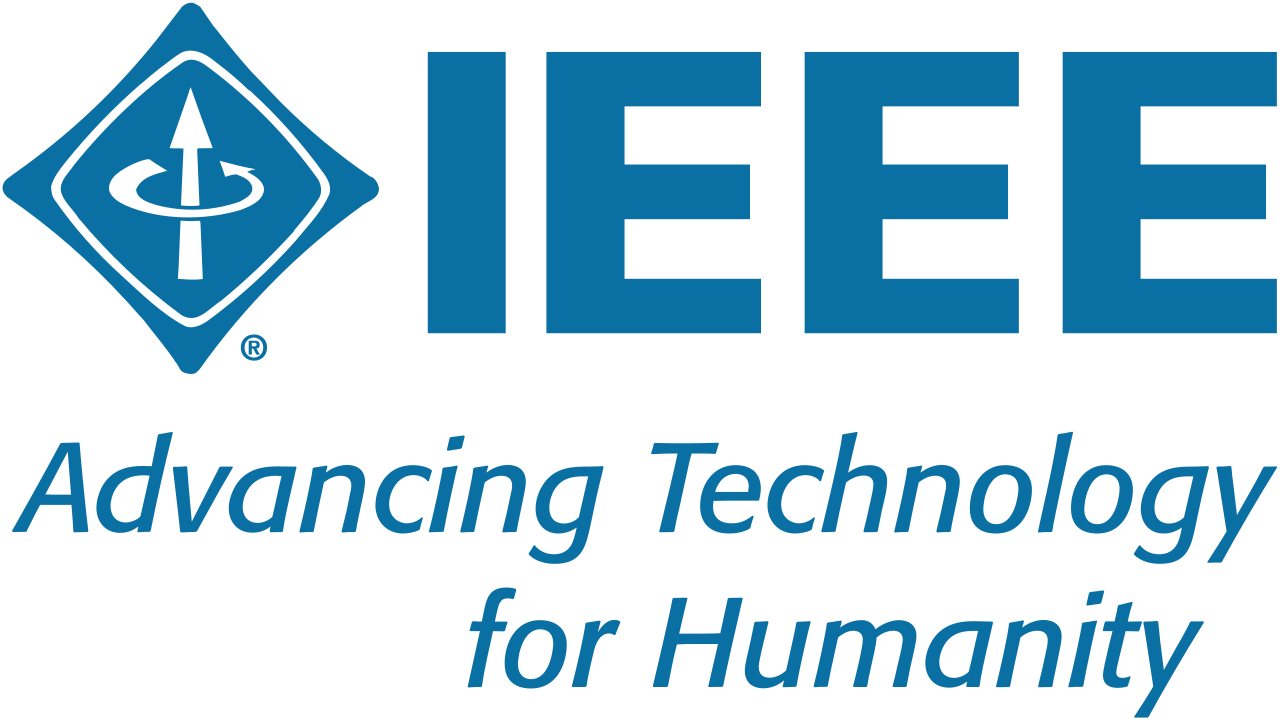ANALISIS PERBANDINGAN PELACAKAN OBJEK MENGGUNAKAN ALGORITMA HORN-SCHUNCK DAN LUCAS-KANADE
Abstract
Computer vision same function as human eye, the ability to see or look objects passing by. Object tracking is one of computer vision. Object tracking aims is to recognize and identifying object pass and determine how many.This research was conducted by comparing the two algorithms in Optical Flow, the Horn-Schunck and the Lucas-Kanade algorithm. The test was carried out using two videos obtained from the Matlab library. The resolution of the video used in this study is same, 120x160. The camera used to pick up the objects in this study is placed in one position. The test is carried out using simulation parameters specified in each algorithm. Both algorithms successfully recognize and detect objects and can count how many objects are in a frame. In the same testing duration time simulation makes the Lucas-Kanade algorithm have a faster total record time than Horn-Schunck in recognizing and detecting of objects.
Keywords
References
K. M. Kaloh, V. C. Poekoel and M. D. Putro, "Perbandingan Algoritma Background Substraction dan Optical Flow Untuk Deteksi Manusia," E-Journal Teknik Informatika, vol. 13, no. 1, pp. 1-9, 2018.
W. Supriyatin, Y. Rafsyam and Jonifan, "Analisis Pelacakan Objek Menggunakan Background Estimation Pada Kamera Diam dan Bergerak," ORBITH, vol. 13, no. 2, pp. 124-130, 2017.
A. Balasundaram, S. A. Kumar and S. M. Kumar, "Optical Flow Based Object Movement Tracking," International Journal of Engineering and Advanced Technology (IJEAT), vol. 9, no. 1, pp. 3913-3916, 2019.
A. M. Suzan and G. Prathibha, "Detection And Tracking of Moving Objects Using Hybrid Model (GMM & Horn-Schunck)," International Journal of Electrical and Electronic Engineering & Telecommunications (IJEETC), vol. 6, no. 2, pp. 37-42, 2017.
Wikipedia, "Lucas-Kanade Method," Wikipedia, 14 December 2019. [Online]. Available: https://en.m.wikipedia.org/wiki/Lucas%E2%80%93Kanade_method. [Accessed 08 April 2020].
Y. Syarif, R. R. Isnanto and K. I. Satoto, "Perangkat Lunak Pengendali Pointer Menggunakan Pelacakan Mata (Eye Tracking) Dengan Algoritma Lucas Kanade," TRANSIENT, vol. 2, no. 3, pp. 714-719, 2013.
W. Supriyatin, "Analisis Perbandingan Pelacakan Objek Menggunakan Optical Flow dan Background Estimation Pada Kamera Bergerak," ILKOM Jurnal Ilmiah , vol. 11, no. 3, pp. 191-199, 2019.
W. A. W. W. Supriyatin and I. Astuti, "Comparative Analysis of Tracking Objects Using Optical Flow and Background Estimation on Silent Camera," KINETIK, vol. 3, no. 2, pp. 91-100, 2018.
W. Supriyatin and W. W. Ariestya, "Analisis Pelacakan Objek Mobil Dengan Optical Flow Pada Kamera Diam dan Bergerak," Seminar Riset Teknologi Informasi (SRITI), pp. 48-56, 2016.
E. Sutanty and A. Rosemala, "Analisis Perbandingan Algoritma Optical Flow dan Background Estimation untuk Pendeteksian Objek pada Video," Jurnal Ilmiah KOMPUTASI, vol. 15, no. 1, pp. 15-21, 2016.
Z. Fan, "Optical Flow Estimation With Horn-Schunck Method," 25 March 2015. [Online]. Available: https://fzheng.me/2015/03/25/optical-flow/. [Accessed 04 May 2020].
Wikipedia, "HornSchunck method," Wikipedia, 05 February 2020. [Online]. Available: https://en.m.wikipedia.org/wiki/HornSchunck_method. [Accessed 04 May 2020].
DOI: 10.33751/komputasi.v17i2.2002
 Abstract views : 171
Abstract views : 171
Refbacks
- There are currently no refbacks.

This work is licensed under a Creative Commons Attribution-NonCommercial 4.0 International License.









